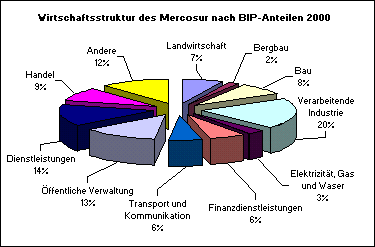Chart Junk: Difference between revisions
No edit summary |
No edit summary |
||
| Line 54: | Line 54: | ||
Edward R. Tufte, | Edward R. Tufte, | ||
''The Visual Display of Quantitative Information'', | ''The Visual Display of Quantitative Information'', | ||
1983. Created at: June, 2004. Retrieved at: October 22, 2005 | 1983. Created at: June, 2004. Retrieved at: October 22, 2005<br> | ||
http://www.edwardtufte.com/tufte/ | http://www.edwardtufte.com/tufte/ | ||
| Line 61: | Line 61: | ||
''Visual Explanations'', | ''Visual Explanations'', | ||
Graphics Press, | Graphics Press, | ||
1997. Created at: 1997, Retrieved at: October 22, 2005 | 1997. Created at: 1997, Retrieved at: October 22, 2005<br> | ||
http://www.edwardtufte.com/tufte/ | http://www.edwardtufte.com/tufte/ | ||
[AHK] | [AHK] | ||
AHK Die deutschen Auslandshandelskammern in Mercosur. Retrieved at: October 22, 2005 | AHK Die deutschen Auslandshandelskammern in Mercosur. Retrieved at: October 22, 2005<br> | ||
http://www.mercosur-info.com/al/handelsstatistiken.shtml | http://www.mercosur-info.com/al/handelsstatistiken.shtml | ||
Revision as of 13:48, 25 October 2005
Definition(s)
- Chartjunk is a term for unnecessary or confusing visual elements in charts and graphs. Markings and visual elements can be called chartjunk if they are not part of the minimum set of visuals necessary to communicate the information understandably. Examples of unnecessary elements which might be called chartjunk include heavy or dark grid lines, ornamented chart axes and display frames, pictures or icons within data graphs, and ornamental shading.
Another kind of chartjunk skews the depiction and makes it difficult to understand the real data being displayed. Examples of this type include items depicted out of scale to one another and noisy backgrounds making comparison between elements difficult in a chart or graph. [wikipedia.org]
- "The interior decoration of graphics generates a lot of ink which does not tell the viewer anything new. The purpose of the decoration varies - to make the graphic appear more scientific, to enliven the display, to give the designer an opportunity to exercise artistic skill. Regardless of the cause, it is all non-data-ink or redundant data-ink, and it is often chartjunk." [Tufte, 1983]
Key Words
Chart Junk, Bar Chart, Pie Chart
Examples
3D Bar Chart
- The Icon of the Microsoft® Office Excel "Diagramm-Assistent" shows exactly what it mostly produces namely Chart Junk.
Microsoft® Excel "Diagramm-Assistent"
3D Pie Chart
The most common Chart Junk might be the 3D Pie chart. It distorts the message since neither the angles nor the areas are in proportion to the data. Additionaly, the different colours emphasize some of the pieces more than the others.
For example, compare "Andere" with "Dienstleistung" in the following chart!
[AHK]
Conclusion
Again, Edward R. Tufte:
"Kill the frills and get to the point!" [Tufte, 1997]
Bibliography
[wikipedia.org] Wikipedia, the free encyclopedia, http://en.wikipedia.org/wiki/Chartjunk
[Tufte, 1983]
Edward R. Tufte,
The Visual Display of Quantitative Information,
1983. Created at: June, 2004. Retrieved at: October 22, 2005
http://www.edwardtufte.com/tufte/
[Tufte, 1997]
Edward R. Tufte,
Visual Explanations,
Graphics Press,
1997. Created at: 1997, Retrieved at: October 22, 2005
http://www.edwardtufte.com/tufte/
[AHK]
AHK Die deutschen Auslandshandelskammern in Mercosur. Retrieved at: October 22, 2005
http://www.mercosur-info.com/al/handelsstatistiken.shtml
<< G8
<<< overview

